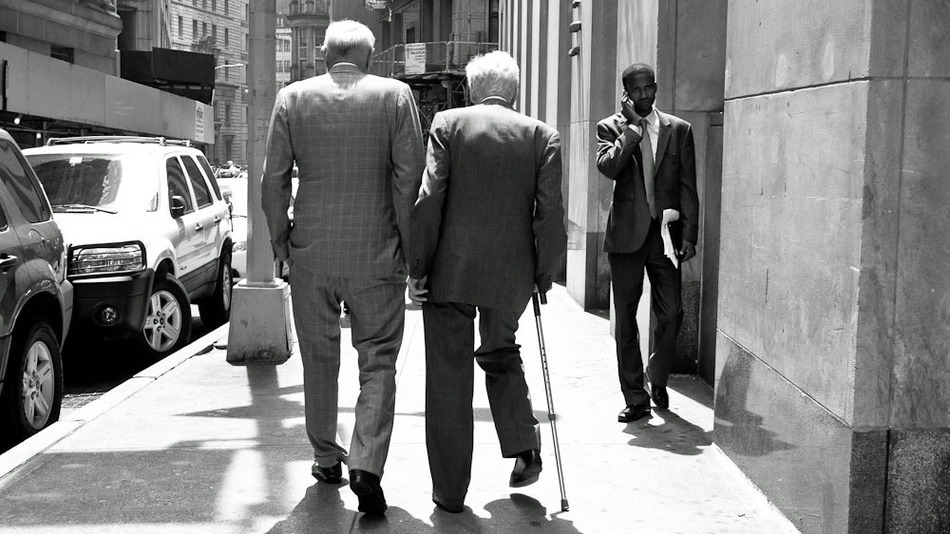 Shoppers are camped out in store parking lots. Retailers are fighting to outdo one another to see who can open up the earliest. The Black Friday mayhem is officially under way, but at least one thing is a little different this year: more same-day delivery options.
Shoppers are camped out in store parking lots. Retailers are fighting to outdo one another to see who can open up the earliest. The Black Friday mayhem is officially under way, but at least one thing is a little different this year: more same-day delivery options.
Several big name tech companies and startups are ramping up their same-day delivery operations in cities across the country ahead of the holiday shopping rush in an effort to increase awareness for these relatively new services and boost the rate of consumer adoption. But doing so poses just as many challenges as it does opportunities for some of these newcomers.
Google's same-day delivery service, Google Shopping Express, which launched in the San Francisco Bay Area in March, will offer deliveries on Thanksgiving Day until 5 p.m. PT and plans to add 80 additional Google-brand delivery trucks. It normally operates a “few hundred” of these to meet demand.
“We expect Thanksgiving and Christmas to be an especially good opportunity to help shoppers with their last-minute needs and we've been preparing a lot,” Tom Fallows, product management director for Google Shopping Express, told Mashable. As part of this effort, the company is also offering a $10 discount to first-time buyers.
eBay is doing something similar by waiving the $5 fee for its same-day delivery service, eBay Now, in each of the four cities it operates in — a move that may lure otherwise hesitant shoppers.
“We are offering free delivery for eBay Now to help holiday shoppers who are looking for a convenient way to get whatever they need and love this holiday season, delivered anywhere in about an hour,” the company said in a statement provided to Mashable.
Meanwhile, same-day delivery startups like Instacart and Deliv are adding manpower and shopping options in time for the holidays. Instacart, which offers same-day grocery deliveries in Chicago and San Francisco, is planning to double the number of personal shoppers available to make deliveries for certain hours. Deliv, a service that integrates directly with retailers, is rolling out the option to pick up and deliver orders from various shopping malls.
“Occasions like Thanksgiving and Christmas … those seasons are just a great way to get people accustomed to the habit of using a new service because that's when the need is so high,” Apoorva Mehta, CEO of Instacart and a former Amazon employee, told Mashable.
“The holiday seasons are great times to attract new users who end up being loyal customers.”
While each of these services hope to take advantage of the holidays to attract new customers, each faces a host of potential obstacles. If the companies don't staff up with enough couriers, they risk frustrating customers with longer wait times; if they staff up too much, they risk wasting money on a larger payroll (or, in the case of businesses like Instacart where employees are paid by commission, frustrating the couriers). These couriers will also have to fight through the same crowded stores that their customers hope to avoid, and even worse, do so while dealing with a massive winter storm pummeling much of the United States this Thanksgiving weekend.
Mehta says the bad weather has already led to surge in delivery orders at Instacart. The startup is increasing its number of couriers available in part to limit the number of miles each individual must drive in the bad weather to make a delivery. Instacart's app also uses an algorithm to factor in the weather when offering different delivery options to users. Even so, there's always potential for problems.
Sucharita Mulpuru, an analyst with Forrester, says the worst case scenario for each delivery service is that customers receive time-sensitive orders for the holidays too late or receive the wrong order all together, and stories of these errors start to spread online.
Read more: Same-Day Delivery Services Try to Win the Holiday Shopping Season






